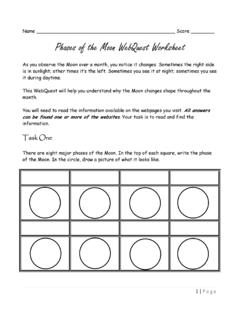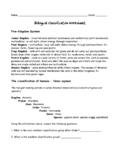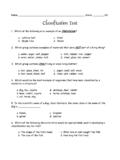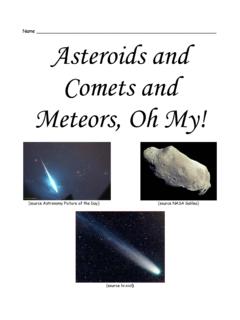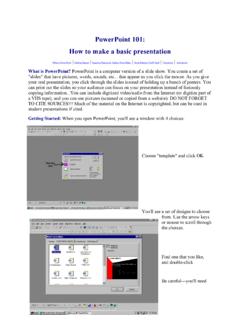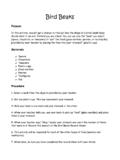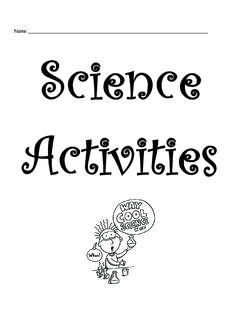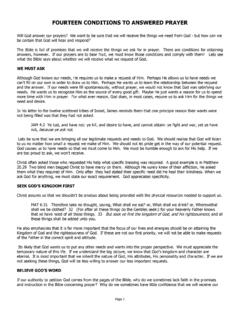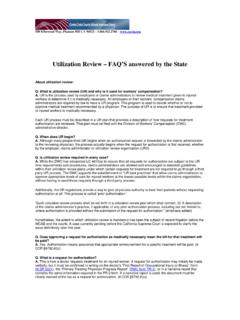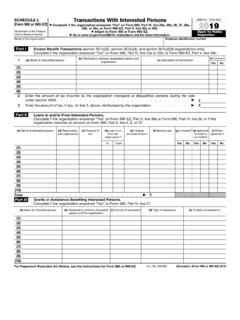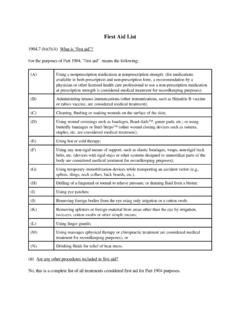Transcription of It Really Does Matter - mrscienceut.net
1 Name _____ Score _____/53 It Really does Matter Worksheet 1. List the three basic parts of an atom, along with their charges. a. b. c. 2. Define molecule. Give three examples of specific molecules. Definition a. b. c. 3. Identify two problems with our model of the atom. a. b. 4. Explain what the following people did to expand our knowledge about atoms. a. Democritus b. John Dalton c. Sir J. Joseph Thomson - d. Niels Bohr e. James Chadwick f. Werner Heisenberg g. Ernest Rutherford 5. Define Matter . 6. List the three states (phases) of Matter . a. b. c. 7. List two properties of a solid. a. b. 8. List two properties of a liquid.
2 A. b. 9. List two properties of a gas. a. b. 10. In the boxes below, draw a picture showing the particles in a solid, liquid, and gas. Solid Liquid Gas 11. Describe the motion of the particles in a solid, liquid, and gas. a. Solid b. Liquid c. Gas 13. Describe what happens to the motion of the particles in a block of ice as it melts and boils. a. Motion of particles as it begins to melt b. Motion of particles when it finishes melting c. Motion of particles as it begins to boil d. Motion of particles when it is boiling 14. Define diffusion. 15. Give three examples of diffusion that occur in our school. a. b. c. 16. Complete the chart.
